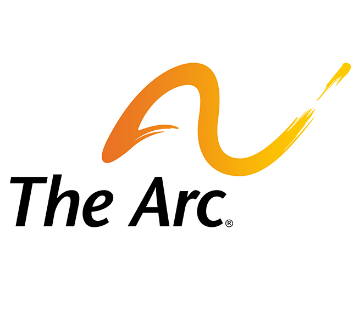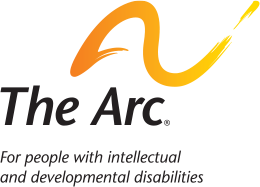Different Deficit Reduction Efforts, Same Result for Medicaid?
All Roads in Congress May Lead to Block Granting Medicaid
Congress is considering a number of different mechanisms that may result in cuts so large that the only option would be to block grant Medicaid. Under a block grant, Congress would give states a reduced, fixed amount of money and eliminate many of the requirements (such as who to cover and what services to provide). Block granting is the worst option for people with intellectual and developmental disabilities (I/DD) as it would fundamentally change the structure of the program, not just cut funding for it. The individual entitlement to health care and long term services and supports would be lost and the states’ entitlement to reimbursement for actual costs would be lost. This is why it is so important to hold Members of Congress accountable for their positions on each of the mechanisms described below.
What are Spending Caps?
One approach to deficit reduction that is being seriously considered is to impose spending caps or limits. These caps limit government spending, usually limiting it to a certain percentage of Gross Domestic Product (GDP). There is one proposal that would limit federal spending to 20.6% of GDP (spending is currently 24% of GDP). This figure is the average amount of federal spending compared to all goods and services produced by the country (or GDP) in the last 40 years (before spending on aging baby boomers, national security, and interest on the debt was significant). Congress is currently considering three types of caps:
- A global spending cap (for all federal spending);
- An entitlement spending cap (for Medicare, Medicaid, and Social Security spending); and
- A global health spending cap (for Medicaid, Medicare, and Affordable Care Act spending).
What happens if federal spending exceeds the spending caps?
There would be an enforcement mechanism of automatic, across‐the‐board spending cuts (called “sequestration”) if the spending limits or targets were expected to be missed. Low income programs, such as Medicaid and Social Security, would not be exempted. To bring federal spending back in line with the proposed spending caps or targets, Congress would be forced to make drastic cuts in entitlement programs. Those cuts would most likely have to include block grants for the Medicaid program.
What Legislation is Congress considering that might include spending caps?
There a currently two main efforts in Congress that are expected to involve spending caps. The first, a measure to increase the debt ceiling, is by far the most serious threat, as the U.S. is close to reaching a point of default on its financial obligations. The second, a balanced budget amendment, may or may not advance.
- Raising the Debt Ceiling. The U.S. debt reached the limit of $14.3 trillion allowed by law in mid‐May. However, the Treasury Secretary is able to manage accounts without defaulting until about August 2. If federal borrowing authority is not increased by August 2, the U.S. will begin defaulting on its debt, triggering a catastrophic global financial crisis. Some Members of Congress have stated that they will vote to raise the debt ceiling ONLY IF major cuts in federal spending are included. While no specific programs and amounts have yet been made public, Medicaid is widely expected to be a major target.
- Balanced Budget Amendment. Unlike the constitutions of most states, the U.S. Constitution does not actually require the Congress to pass a balanced budget. Some Members of Congress are looking to add a balanced budget amendment to ensure that the federal government does not spend more than it takes in, including no borrowing authority. If this were to happen, most federal spending would be radically reduced, including Medicaid.









